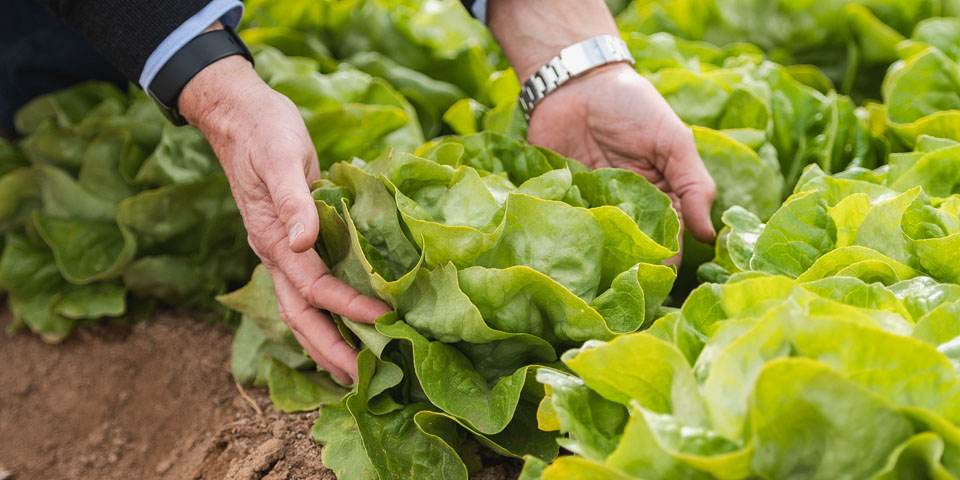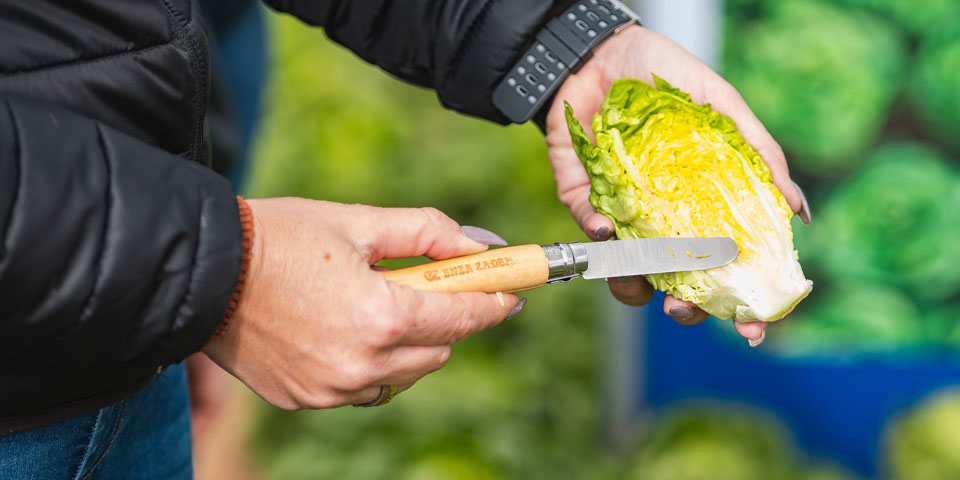
12 July 2023 News

Enza Zaden offers a wide range of solid varieties with excellent field performance, outstanding post-harvest quality, and high levels of Bremia Resistance.
Bremia is a genetically diverse organism responsible for causing downy mildew in lettuce. This pathogen poses a significant problem for lettuce growers worldwide, as different races of Bremia lactucae can be present in a single production field, leading to yield and quality issues.
From the 1st of July 2023, resistance to Bremia lactucae races BI:16-28EU will not be claimed anymore in Europe since they are no longer agronomically relevant. It has been determined that these races are no longer observed in practice by the International Bremia Evaluation Board.
Since the 1st of July, the resistance claim of a variety will only refer to BI:29-40EU. By acknowledging this change, we can guide growers in adapting their disease management strategies, selecting alternative resistant varieties, and implementing preventive measures to minimize yield losses and maintain high-quality produce.

Bremia lactucae, the downy mildew organism, is a global problem affecting the yield and quality of cultivated lettuce (Lactuca sativa) as it represents a significant threat to lettuce production. The disease manifests as chlorotic yellow spots on the leaf surface, followed by the appearance of white fluffy fungus growth on the lower leaf surface within 24-48 hours, indicating spore formation. The lesions continue to expand and become increasingly chlorotic, eventually turning the leaves completely brown. Growers often resort to fungicides and resistance genes to mitigate potential losses.
New physio types of Bremia frequently emerge through mutations in the virulence genes during spore formation before the propagation of B. lactucae. The high variability of Bremia lactucae is primarily attributed to these mutations in its virulence genes. As a result, the race-specific resistance provided by various resistance genes is often rapidly overcome by newly emerging races or physio types of the Bremia pathogen.
The most efficient method for controlling downy mildew is to grow resistant varieties. Bremia lactucae exhibits substantial genetic diversity, and multiple pathogen races can be present even within a single lettuce production field.

Resistance plays a crucial role in ensuring successful production when it comes to leafy crops. In our commitment to adding value across the entire agricultural chain, from growers to consumers, we emphasize the importance of leafy crops’ resistance to Bremia.
On the other hand, resistances offer a great advantage to growers with lower inputs, higher yields, and reduced risk of crop loss. For retailers and processors, resistances mean high-quality products with longer shelf-life. On the other hand, to the final consumers, resistances guarantee healthier products and chemical-free vegetables, all in all avoiding food shortages. That’s why our dedicated breeders continuously monitor the changes in the Bremia population in response to increased resistance, ensuring that our varieties provide optimal protection.
Combining traditional preventive treatments with our high-resistance varieties ensures high protection against Bremia, leading to successful lettuce production. We offer a wide range of solid varieties that excel in the field, maintain excellent post-harvest quality, and exhibit high resistance to Bremia. Don't let downy mildew hinder your leafy crop production. Explore our Bremia portfolio of high-resistance varieties across all leafy crop segments and discover effective solutions for downy mildew control.